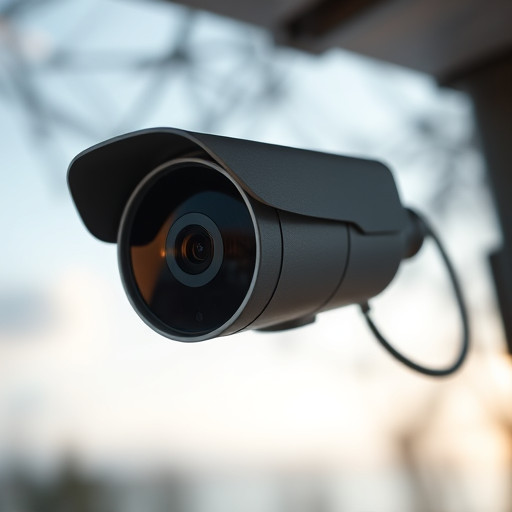Camera lens glint, a major issue for outdoor Fake Dome Bullet Cameras in low light, can be mitigated through strategic placement and advanced technology. Disguising cameras as security lights, these devices offer discreet surveillance with high-quality footage. With wide fields of view and machine learning models, they effectively detect and distinguish glints from headlights or reflective surfaces in night-time conditions, enhancing visual data integrity for security and surveillance applications.
In the realm of nocturnal surveillance, the camera lens glint, a subtle yet significant phenomenon, can reveal hidden details in low-light conditions. This article explores an innovative approach to night-time observation using the Fake Dome Bullet Camera Placement Technique. By understanding the impact of lens glint and implementing strategic detection methods, this method enhances visual clarity during darkness. Discover how these techniques revolutionize surveillance, enabling clearer insights into previously obscured environments.
- Understanding Camera Lens Glint and its Impact
- Fake Dome Bullet Camera Placement Technique
- Night-Time Implementation and Detection Strategies
Understanding Camera Lens Glint and its Impact
Camera lens glint, a reflection of light that appears as a bright spot or glare on an image, is a common issue in low-light conditions, especially when using cameras like Fake Dome Bullet Cameras strategically placed outdoors. This phenomenon occurs when light sources, such as street lamps or ambient lighting, reflect off smooth surfaces within the camera’s field of view, creating a distracting artifact on the photograph.
The impact of lens glint can be significant, particularly in security and surveillance applications where clear, unobstructed visuals are essential. It can obscure details, making it hard to identify individuals or objects in the frame. Advanced methods to detect and mitigate lens glint during night-time filming are therefore crucial for maintaining the integrity of visual data captured by these cameras, ensuring optimal performance and reliable monitoring.
Fake Dome Bullet Camera Placement Technique
In the quest for enhanced night-time surveillance, the strategic placement of Fake Dome Bullet Cameras is a game-changer. This technique involves mounting cameras in a way that mimics traditional security light fixtures, making them virtually invisible yet highly effective. By integrating these cameras into existing infrastructure, such as streetlights or building corners, you can capture clear, detailed footage without drawing unnecessary attention.
The ‘Fake Dome’ design offers a subtle and realistic appearance, allowing cameras to blend seamlessly into their surroundings. This placement technique is particularly advantageous in urban areas with high aesthetic sensitivity. It ensures that surveillance efforts remain discreet while providing superior image quality, making it an efficient method for glint detection and night-time imaging.
Night-Time Implementation and Detection Strategies
At night, glint detection becomes more complex due to reduced lighting conditions. However, innovative strategies can enhance accuracy. One effective approach involves strategically placing Fake Dome Bullet Cameras, leveraging their wide field of view and advanced sensors to capture a broader area simultaneously. This method not only compensates for dim light but also aids in identifying glints from various sources like headlights or reflective surfaces.
Detection algorithms play a pivotal role in distinguishing true glints from environmental noise. These algorithms often employ sophisticated image processing techniques, such as edge detection and contrast enhancement, to isolate the smallest reflections. Additionally, machine learning models can be trained on vast datasets of known glint patterns, enabling them to learn and recognize distinct characteristics, thus improving the accuracy of night-time glint detection.
By employing the strategic placement of Fake Dome Bullet Cameras, we can significantly enhance night-time security. Understanding camera lens glint and implementing effective detection methods are key to success. This article has highlighted the importance of these techniques in navigating challenging low-light conditions, ensuring better surveillance outcomes.
